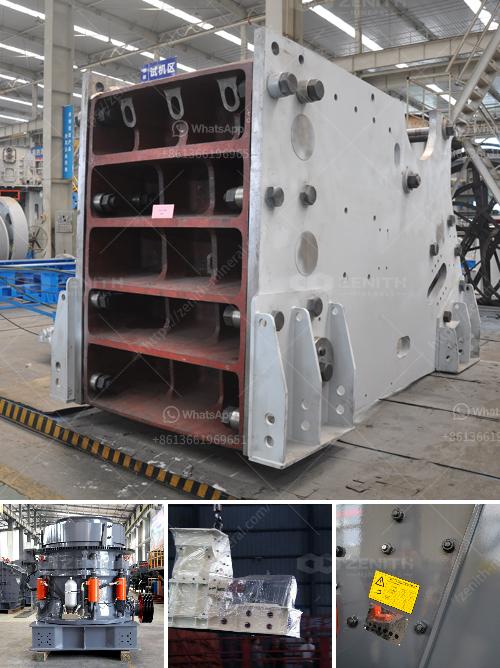When considering a 10 tons per hour (tph) copper oxide processing plant, it's important to cover several key aspects to ensure efficient and effective operation. Here are the main components and considerations:
Plant Components
-
Crushing and Grinding Circuit:
- Jaw Crusher: For primary crushing.
- Secondary Crushers (such as cone crushers if needed).
- Ball Mill or SAG Mill: For grinding the crushed ore to fine particles.
-
Leaching System:
- Agitated Leach Tanks: To mix the copper oxide ore with a leaching agent (such as sulfuric acid).
- Piping and Pumps: For circulating the leach solution.
-
Solid-Liquid Separation:
- Thickeners: To concentrate the leach solution.
- Filter Presses or Belt Filters: For solid-liquid separation to recover filtrate.
-
Solvent Extraction (SX) - Optional:
- Mixer-Settlers: To extract and concentrate copper from the leachate.
-
Electrowinning (EW):
- Electrolytic Cells: To plate copper from the leach solution to produce high-purity copper cathodes.
-
Tailings Management:
- Tailings Ponds or Dry Stack Tailings System: For proper disposal and management of tailings.
Process Flow
-
Ore Crushing and Grinding:
- The copper oxide ore is first crushed and ground to liberate the copper minerals.
-
Leaching:
- The ground ore is then subjected to acid leaching where sulfuric acid liberates the copper ions into a solution.
-
Solid-Liquid Separation:
- The resultant slurry needs to be separated to recover the clear leach solution containing the dissolved copper.
-
Solvent Extraction (Optional):
- If higher purity is needed, the leachate can undergo solvent extraction to increase copper concentration in the solution before electrowinning.
-
Electrowinning:
- Finally, copper is plated out of the solution using electrowinning, resulting in high-purity copper sheets.
Considerations
- Feed Characteristics: The nature of the copper oxide ore, including copper content, mineralogy, and impurities.
- Water and Energy Supply: Availability and cost; key for efficient plant operation.
- Environmental Regulations: Compliance with local environmental laws, especially concerning tailings and effluent management.
- Operational Costs: Labor, maintenance, reagents, and utilities.
- Scalability: Flexibility to scale up operations if needed.
Conclusion
Designing and operating a 10 tph copper oxide processing plant involves careful planning and consideration of the above components and variables. Ensuring each component is optimized and functions cohesively will yield efficient copper extraction and higher recovery rates.

